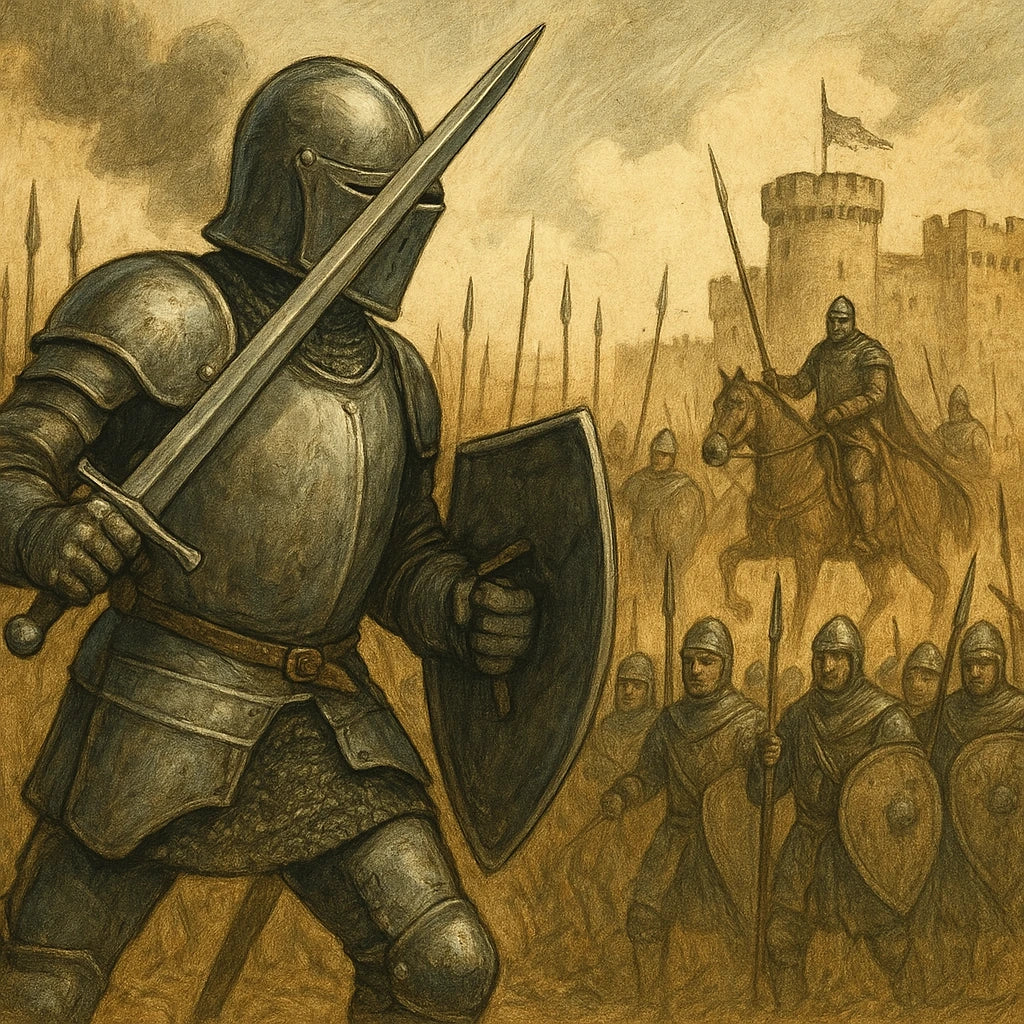Every knife in your kitchen has its own personality and purpose, and understanding how it's constructed can completely change your cooking experience.
This guide will not only help you recognize and understand each element of your knife, but also teach you how to choose and care for it so that it becomes a true ally in the kitchen, tailored to your habits and the types of meals you enjoy preparing most.

How to choose the right knife for your needs
Choosing a knife isn't just a question of aesthetics or price: it's about finding a knife that suits your cooking style.
Everyone has different habits, and preparing vegetables, fruits, and grains every day isn't the same as working with meat, bread, or fish. What you cook directly influences the type of tool that will make your life easier in the kitchen.
If you cook daily, it's worth investing in a versatile knife that will handle most tasks, and perhaps a more specialized one for specific cuts. If you cook occasionally, a well-sharpened multipurpose model can cover almost all your needs.
The key is to understand your own rhythms and requirements, and let the tool you choose become a natural extension of your hands.
Budget also plays a role: high-end knives tend to be more durable and comfortable, but that doesn't mean you can't find reliable options at a good price.
Reading reviews, comparing brands, or trying them on in stores whenever possible helps you make informed decisions.
And something very important: it's not about having a lot of knives, but rather having the ones you'll actually use. A small collection tailored to your cooking habits will give you more satisfaction and precision than accumulating tools that just take up space.
In the end, choosing well is the first step to enjoying and feeling comfortable every time you start cooking.
Below you'll find all the information you need to get to know your knives better, whether you're thinking about purchasing one or want to expand your knowledge to improve your use of the ones you already have at home:
The parts of the knife
The Blade: The Heart of the Knife
The blade is the central component of a knife, responsible for cutting and direct contact with food.

The most commonly used materials are stainless steel, which is noted for its corrosion resistance, and carbon steel, which maintains a longer-lasting edge and is easier to sharpen.
Blade design varies depending on its function: curved blades facilitate smooth slicing and filleting, serrated blades allow you to slice bread without crushing the crumb, and straight blades offer precise, even cuts, ideal for vegetables and meats.
The length directly influences its functionality: long ones allow for cleaner, more continuous cuts, while short ones offer greater control and precision for delicate tasks.
Thickness is a determining factor: thinner blades provide precision for delicate cuts, such as filleting fish, while thicker blades offer greater robustness for more demanding tasks, such as cutting bones or frozen foods.
The edge: The different types and their impact on the cut

The edge of a knife defines its cutting ability and adapts to different culinary tasks.
A straight edge allows for clean, precise cuts and is easy to sharpen and maintain.
The serrated edge is ideal for hard crusts with a soft interior, such as bread or tomatoes, and requires less sharpening maintenance.
The V-shaped edge is very sharp and acute, allowing for fine, precise cuts, perfect for sashimi or vegetables.
The back: Functionality and design

Also known as the spine of the knife, it is the part opposite the edge and provides strength and control.
In quality knives, the blade and back are forged from a single piece of metal, ensuring durability.
A thick back provides greater strength and stability, making it useful for cutting through hard foods or mashing ingredients.
If it is curved, it improves the balance of the knife and facilitates balancing techniques such as the rock chop.
On the other hand, a straight or thin back provides precision in delicate cuts, being ideal for filleting or peeling.
The handle: ergonomics and materials

The handle connects the user to the knife, and its design directly influences comfort, safety, and control when cutting.
An ergonomic handle conforms to the shape of your hand, reducing fatigue during use and helping prevent accidents, while a good balance with the blade improves precision and handling.
Common materials include wood, which offers aesthetic appeal and comfort but requires maintenance; plastics and composites, which are durable and easy to clean; and stainless steel, which is both durable and modern.
The heel: its role in the cutting technique

The heel is the back part of the blade, close to the handle, and plays a key role in cuts that require strength.
Its robust design allows for additional pressure, ideal for hard foods such as pumpkins, carrots, or small bones.
It also intervenes in balancing techniques, providing stability to the cutting movement.
The tip: versatility in the kitchen

The tip is the thinnest and sharpest part of the blade, designed to allow precise and delicate cuts.
It's used for tasks such as boning, filleting fish, or precisely cutting fruits and vegetables, and also makes it easier to pierce or open foods with hard shells to safely initiate cuts.
The most common tip shapes include a slightly curved tip, which improves maneuverability in techniques such as julienne or brunoise; a straight tip, which promotes controlled, precise cuts and is ideal for general-purpose knives; a deeply curved tip, which enhances balance and is useful for quickly chopping herbs or vegetables; and a tip perpendicular to the blade, typical of the cleaver tip, common on butcher knives and designed for strong, precise cuts when striking.
The ferrule: connection between the blade and the handle

The ferrule joins the blade to the handle, providing durability and balance.
In quality knives it is usually forged as an extension of the blade, creating a solid and resistant union.
It also acts as a safety barrier by preventing fingers from slipping towards the edge.
It can be ergonomic to improve control and made from the same material as the blade or from others that optimize aesthetics and balance.
Don't miss the opportunity to visit our Medieval Shop , where you'll find a collection of knives you're sure to love.









